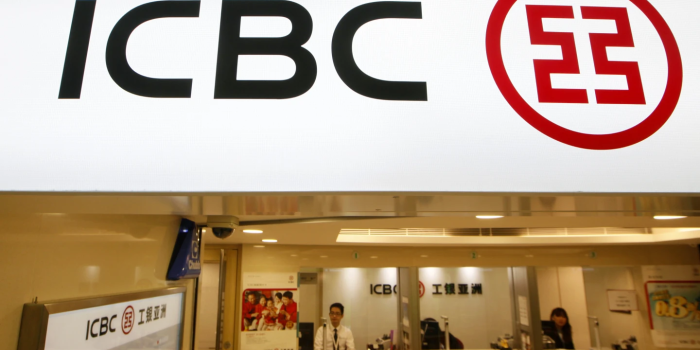In a significant cybersecurity incident, the U.S. arm of the Industrial and Commercial Bank of China (ICBC) fell victim to a ransomware attack, causing disruptions in the U.S. Treasury market.
ICBC Financial Services, the U.S. branch of China’s largest commercial lender, reported an ongoing investigation into the ransomware attack that temporarily disrupted its systems. While progress is being made toward recovery, the incident has raised questions about the cybersecurity controls within the financial sector, especially given the prominence of ICBC. The U.S. Treasury Department and other regulatory bodies are closely monitoring the situation.
Experts suggest that the notorious Lockbit gang, known for its aggressive tactics and history of targeting large organizations, may be behind the attack. Allan Liska, a ransomware expert, notes the audacity of the attack on a bank of ICBC’s stature, emphasizing the increasing boldness of ransomware groups. The absence of ICBC from Lockbit’s list of victims on the dark web could indicate ongoing negotiations between the bank and the attackers.

The ICBC’s acknowledgment that Treasury trades executed on Wednesday and repurchase agreements on Thursday were successfully cleared may mitigate the impact on the market. However, reports suggest that settlements of trades going through ICBC were affected, potentially impacting market liquidity. The incident may prompt market participants to reassess and strengthen their cybersecurity measures.
As U.S. authorities grapple with the growing threat of cybercrime, particularly ransomware attacks, the ICBC incident adds to the challenges faced in curbing these activities. The episode could fuel discussions about improving information-sharing and collaboration across industries to combat cyber threats effectively.

In essence, the ICBC ransomware attack serves as a stark reminder of the persistent vulnerability of financial institutions to cyber threats. The aftermath will likely prompt a reevaluation of cybersecurity controls and draw regulatory attention to the broader issue of ensuring the resilience of critical financial infrastructure.


